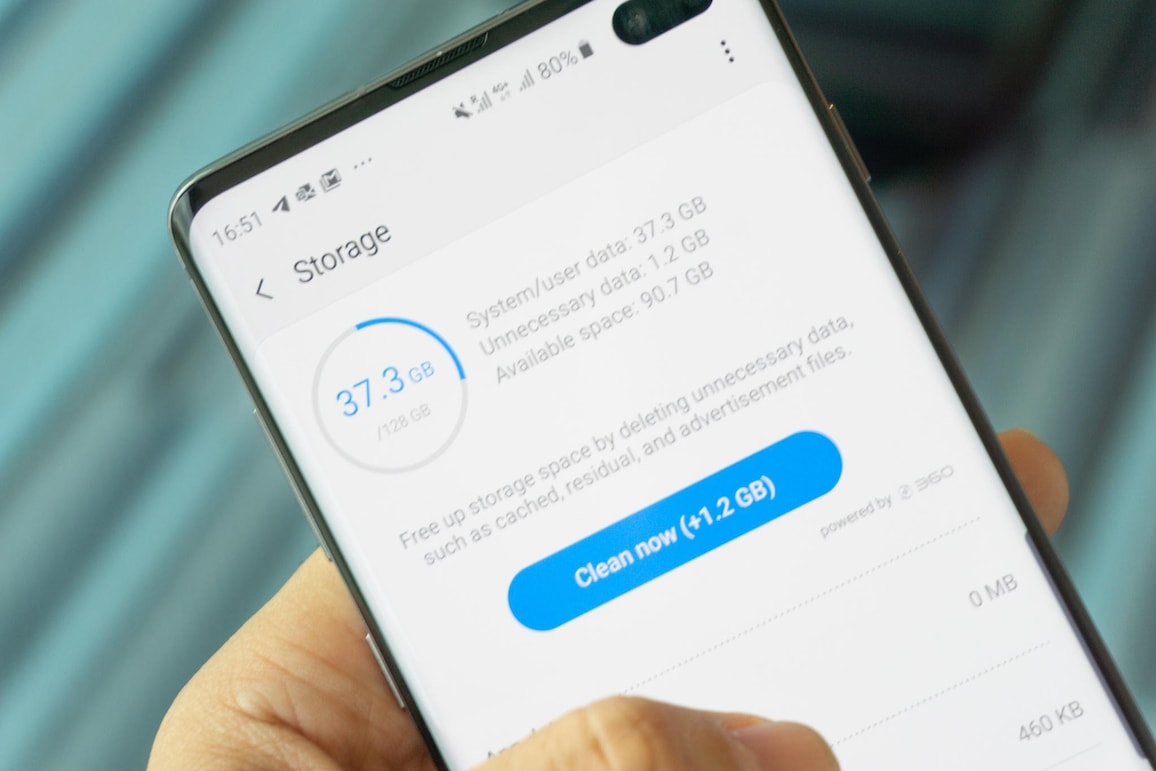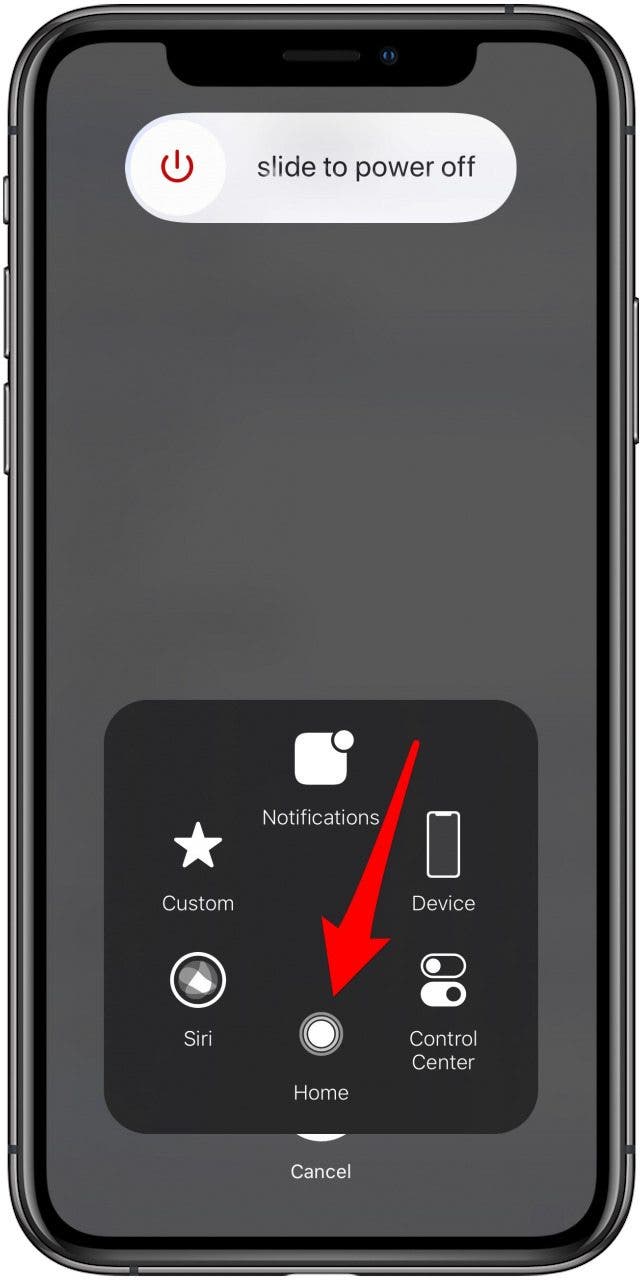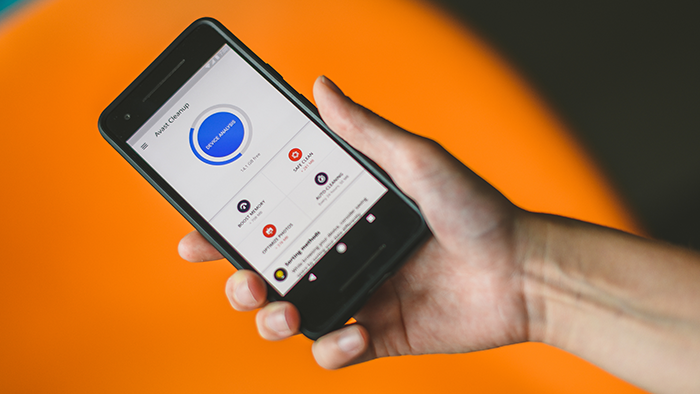With high-resolution photos and console-quality games, your iPhone storage fills up in no time. Even with a 128 GB model things can get out of hands fast. And if you’re using a 32 or 64 GB iPhone, chances are you’ll see that pesky “Storage Almost Full” alert much sooner.
Luckily, there are lots of things you can do to clear storage on iPhone, both manual and app-powered, so let's take a look.
- Windows Phone only offers encryption for business customers. The easiest way to wipe a Windows Phone 7, 8 or 8.1, or Windows 10 Mobile device is to perform a factory reset and then load dummy data.
- To learn how to find and remove downloaded files, go to your device manufacturer’s support site. Copy files to a computer. You can move files and folders to a computer with a USB cable, and then delete them from your phone. Learn how to transfer files between your phone and computer.
Here's how to dump, flush, clear or free up RAM in iOS on iPhone, iPad and iPod touch devices. The process of freeing up RAM on iOS is different to soft and hard reboot, and is especially useful for older-generation iOS device with 1GB RAM or less running the latest versions of iOS.
What you'll need:
- Your iPhone
- A photo cleaner app Gemini Photos
- Your Mac
- A macOS cleaner app CleanMyMac X
- Internet connection
Why is my iPhone storage so full?
Your iPhone may be full of things you don’t really need. Since they take up a lot of valuable space, it’s important to find out what they actually are. Here’s how to check and manage storage on your iPhone:
- Go to Settings > General > iPhone Storage.
- At the top, you’ll see a color-coded bar showing how much space you have left, how much is taken up, and what's taking it up. The biggest categories are usually Photos and Apps, but that depends on your usage.
- Below there is a list of your apps sorted by how much space they take. You can tap on each app to see how much of that space is the app itself, and how much of it is the app’s Documents and Data.
Depending on how you use your iPhone, you might have a huge and bloated Photos app, bursting with photos and videos. Or it might be games and social media apps that are hoarding the most storage. Below are five easy steps you can follow to free up storage on iPhone regardless of your iPhone use.
How to clear storage on iPhone
Chances are, there’s a lot of unneeded clutter on your iPhone. And that’s actually good news. It means you can free up a significant chunk of space without deleting the things you want to keep. Here’s how to free up storage on your iPhone, step by step:
- Clean up your photo library
- Clear browser cache
- Clear app cache and other app data
- Delete attachments in Messages
- Delete offline content
Step 1. Clean up your photo library
How To Clear Ram Of Phone Data
If you’ve checked iPhone storage like we suggested above, you already know who the main space hogger is (looking at you, Photos). Of course, wiping your whole photo library clean is not an option, but there’s probably stuff you can get rid of:
- duplicate photos, like those you downloaded twice
- similar shots (like the five selfies you took so you can pick a good one)
- photos of whiteboards, notes, checks, and things like that
- screenshots you don’t need anymore
- large videos you don’t like
You can go through your library and weed out these photos and videos manually, but a quicker and more convenient alternative is an iPhone app like Gemini Photos. Here’s how to free up some space with it:
- Download Gemini Photos and launch it. It will automatically start scanning your library.
- Go to Notes, Blurred, and Screenshots. This is where you’ll see screenshots, photos of text, and other useless stuff. All photos will be pre-selected, but you can deselect the ones you still need.
- Tap Delete All.
- Go to Similar. Sets of similar photos will be grouped and pre-selected, with the best photo in each set remaining.
- Review a set, select other photos if you want to, and tap Move to Trash to trash selected photos.
- When you’re done reviewing sets of similar photos, tap Empty Trash.
- Go through Duplicates, Videos, and Other to sort out the rest of your photo library.
- Finally, go to the Photos app, and scroll down to Recently Deleted.
- Tap Select, and then Delete All.
After a cleanup like this your library will shrink by a few gigabytes and become way easier to navigate.
Step 2. Clear browser cache
If you often use your iPhone to browse the web in Safari or Chrome, keep in mind that your phone may be storing caches and other data that you don’t need. And you'd be surprised how much space you can free up just by clearing your browser cache.
Here’s how to clear Safari cache:
- Go to Settings.
- Find Safari.
- Choose Clear History and Website Data.
If you use Chrome, follow these steps to clear its cache:
- Open Google Chrome on your iPhone.
- Tap Options > Settings.
- Scroll down and tap Privacy.
- Tap Clear Browsing Data.
- Choose which browsing data you want to clear (browsing history, cookies, cached images and files) and tap Clear Browsing Data.
Step 3. Clear app cache and other app data
Unlike browsers, most apps don’t give you access to their cache and other data they store, such as login data. And if you tap on each app at the top of that list in iPhone Storage, you’ll notice it has several gigabytes of so-called Documents and Data. Here’s how you clear that app data to get more iPhone storage:
- Before you start, make sure you remember your logins to various apps or have them saved somewhere.
- In Settings > General > iPhone Storage, tap on an app at the top of the list. This will often be a social media app like Facebook or Snapchat, a messenger, or a content app like YouTube or Spotify.
- Tap Delete App.
- Go to the App Store and reinstall the app.
Yup, unfortunately, this is the only way to clear cache and other app data for the majority of apps.
Step 4. Delete attachments in Messages
Texting isn’t just about text, right? You’re sending and receiving memes, GIFs, selfies, little videos of your cat falling off the couch in her sleep. All that content is stored on your iPhone even if you don’t save it to Photos, and if you text a lot it quickly adds up.
Here’s how to delete all your attachments in Messages to clear some iPhone memory:
- Go to Settings > General > iPhone Storage.
- Scroll down and tap on Messages.
- You’ll see a list: Top Conversations, Photos, GIFs and Stickers, and Other. Tap on the category that occupies the most space. Keep in mind that in Top Conversations, you’ll be deleting entire threads, not just the attachments. If you don’t want to do that, stick to Photos and other content.
- Tap Edit in the upper-right corner.
- Mark all attachments you want to delete.
- Tap the Trash icon.
That’s it! Space-hogging attachments are gone.
Step 5. Delete offline content
You probably consume a lot of content every day — music, videos, podcasts and what not. And if you save that content offline to be able to play it on the subway or during a long flight, you have quite a lot of leftovers piled up.
As a result, apps like YouTube, Netflix, and Spotify can take up several gigabytes of iPhone storage each. So why waste space on those Stranger Things episodes you downloaded back in 2017 and a long-forgotten playlist you never listen to anymore?
Let’s start with Netflix. Here’s how to delete Netflix movies and series you saved onto your iPhone:
- Open the Netflix app.
- Go to Downloads.
- Tap on the pencil icon in the top right corner.
- Tap on the red X to delete the video.
Next up, YouTube. To delete offline YouTube videos, follow these steps:
- Launch the YouTube app.
- Go to Library > Downloads.
- Tap on the three dots next to a downloaded video.
- Tap “Delete from downloads.”
- Repeat for each video.
Finally, to delete offline playlists or podcasts in Spotify, do the following:
- Open Spotify.
- Go to Your Library > Music > Playlists.
- The playlists you downloaded will be marked with a green arrow. Tap on a playlist like that.
- Tap on the green arrow icon below the name of the playlist.
- When a confirmation popup appears, tap Remove.
- Repeat for podcasts, if you have any saved offline.
You should also rummage around in Podcasts, Apple Music, and other entertainment apps you’re using. Once you’ve cleaned up all the offline content you don’t need anymore, you’ll see how much iPhone memory you’ve managed to recover.
How to prevent iPhone storage from getting full again
Just like your closet, iPhone storage will get full again, and you will have to go through the steps above every once in a while. But there are things you can do to manage your oh-so-limited storage more wisely and not have to do that major cleanup quite as often.
Store photos and videos elsewhere
Even after you’ve trimmed some fat off your library, chances are Photos still hogs a lot of iPhone space. What to do? Transfer your photos and videos to your computer or to the cloud
If you have a Mac, the easiest way is to connect your iPhone and sync all media files to the Mac. Then you can delete the originals from your phone.
Note that when you sync photos with your Phone, some of them stay cached on your Mac. This cache occupies space on your disk after the sync is done, so it’s better to clean it up. A utility like CleanMyMac X is an easy way to clear iOS photo cache (and it’s free to download). In just two clicks you’ll remove all the junk files from your Mac.
Alternatively, you can upload your iPhone photos to an online storage like iCloud. It’s pretty convenient, because iCloud Photos automatically syncs every photo and video you take to the cloud, so you can access your library from any device, as long as it has internet connection. You do have to pay for iCloud storage, though, because the free 5 GB won’t be enough for your whole photo library.
Here’s how to upload photos to iCloud:
- Sign in to your iCloud.com account. It’s the same as your Apple ID.
- Go to Settings on your device and select Photos.
- Turn on iCloud Photos.
Now your photos are automatically synced to iCloud, which means they'll be taking up space in iCloud, not on your iPhone.
Disable saving duplicate photos when shooting in HDR
On iPhones that don’t have Smart HDR, when you take photos in HDR, your iPhone saves two shots: the original picture and the processed one. You will save a lot of iPhone storage if you disable saving these duplicates. Just do the following:
- Go to Settings and select Camera.
- Disable Keep Normal Photo.
From now, only the HDR versions of your photos will be saved. That said, the previous HDR and non-HDR copies of your photos will remain, so do run your photo library through Gemini Photos to find those similar shots.


Stop storing messages forever
By default, your iPhone stores all the messages you send and receive … forever. This is convenient if you want to read your 2-years-old conversations, but not so convenient when you run out of storage because your brother sends you fifteen memes every single day.
To stop your phone from saving messages forever, follow these steps:
- Go to Settings and tap Messages.
- Scroll down to Message History and tap Keep Messages.
- Change Forever to 30 days or 1 year.
- You’ll see a pop-up message asking if you want to delete older messages, tap Delete to proceed.
Bonus tip to help you clean iPhone storage
In iOS 11 and later, Apple brings storage management tools to your device. This means that you get unique storage saving suggestions based on your iPhone. They include things like Reviewing Large Attachments and Conversations, Offloading Unused Apps, Saving Messages to iCloud, and others. Therefore, if you’re running iOS 11 or later, go to iPhone Storage and check out the recommendations.

We hope you found our troubleshooting guide helpful in tackling that annoying “Storage Almost Full” message. Enjoy taking new photos and never have to worry about lack of iPhone storage again.
How to Clean up and Release Android Memory
In the previous passage, we have talked about how to change the default install path of Android and move apps to SD card to save storage space. Though Android 2.2 has the function of Apps2SD, supporting apps to be installed and moved to SD card, still some apps cannot. Some system files and privacy are remained in internal memory card. The phone has limited storage capacity configuration. Some other programs like Widgets, dynamic wallpaper, and some system programs still can’t work if installed on SD card. Memory problem is the common issue facing many users.
However, Android operating system memory can be cleaned up and the storage space can be released. Here we summarize the following points help users to clean up and release Android memory. Follow us and get more information below:
Clean up large apps cache data
By cleaning up apps cache files, the memory space can be largely released.
1. Go to “Settings” > “Applications” > “Manage applications”
2. Press “Menu” button and choose “sort by size” (if Android 2.2, select “Downloaded” options first.) then all apps will be arranged according to the size.
3. Select one app in the list and click “Clear Cache” if there is.
The number of cache files in some apps may be up to MB, such as Google Maps, Market, browser and album program. Considerable space can be released when you clean up those cache data.
Many Android producers has installed UI program in the mobile phones, such as HTC Sense, MOTOBLUR, etc. If you use Launcher Pro or ADW instead of HTC Sense, you can even delete the data files of HTC Sense, which will release dozens MB for your memory storage space.
Android Market also provides some apps that will automatically clear up cache data but not for free, such as Quick App Clean Cache. For users getting the Root privileges can download Cache Cleaner, Cache Mate and Move Cache from the Android Market, which can help you to clear the cache files quickly and easily.
Delete the ones you never use or rarely used applications
Many users are reluctant to delete those apps never used or rarely used. However, you will find it nothing if you really delete them. Make this and you can save much more storage space for you Android.
Move all the app data which can be moved to SD card
Android 2.2 supports installing apps to SD card. Check you have moved all apps supported to SD card to save storage space, especially some large app such as some large Game programs. But pay attention to Widgets program, procedures bundled with Widgets, dynamic wallpaper and procedures required working in the background, as well as some apps interacting with the system. Don’t move them to SD card, or they won’t work normally.
This is how to clean up and release Android memory. Try it yourself, and you can save a lot storage space for your device. Also, form a habit of cleaning up and releasing Android memory, it will help keep your device healthy and speedup your device.
Want to Boost Post?
We accept high quality sponsor post and publish it on our blog. Also we can share it to our Facebook, Twitter, Google+, etc. to get it more followers.
Popular Posts
Android O News: Name, Release Date & New FeaturesJuly 19, 2017
Would OnePlus 5 Be Your Next PhoneJuly 13, 2017
Fix iPhone Stuck in Recovery Mode when Upgrading to iOS 10.3May 30, 2017
How to Fix iPhone Error Which Is Unable to Install iOS 10.3?Clear Ram Iphone Xs
May 24, 2017
How to Transfer Data between Android via USB OTGClear Ram Mac
October 1, 2015
